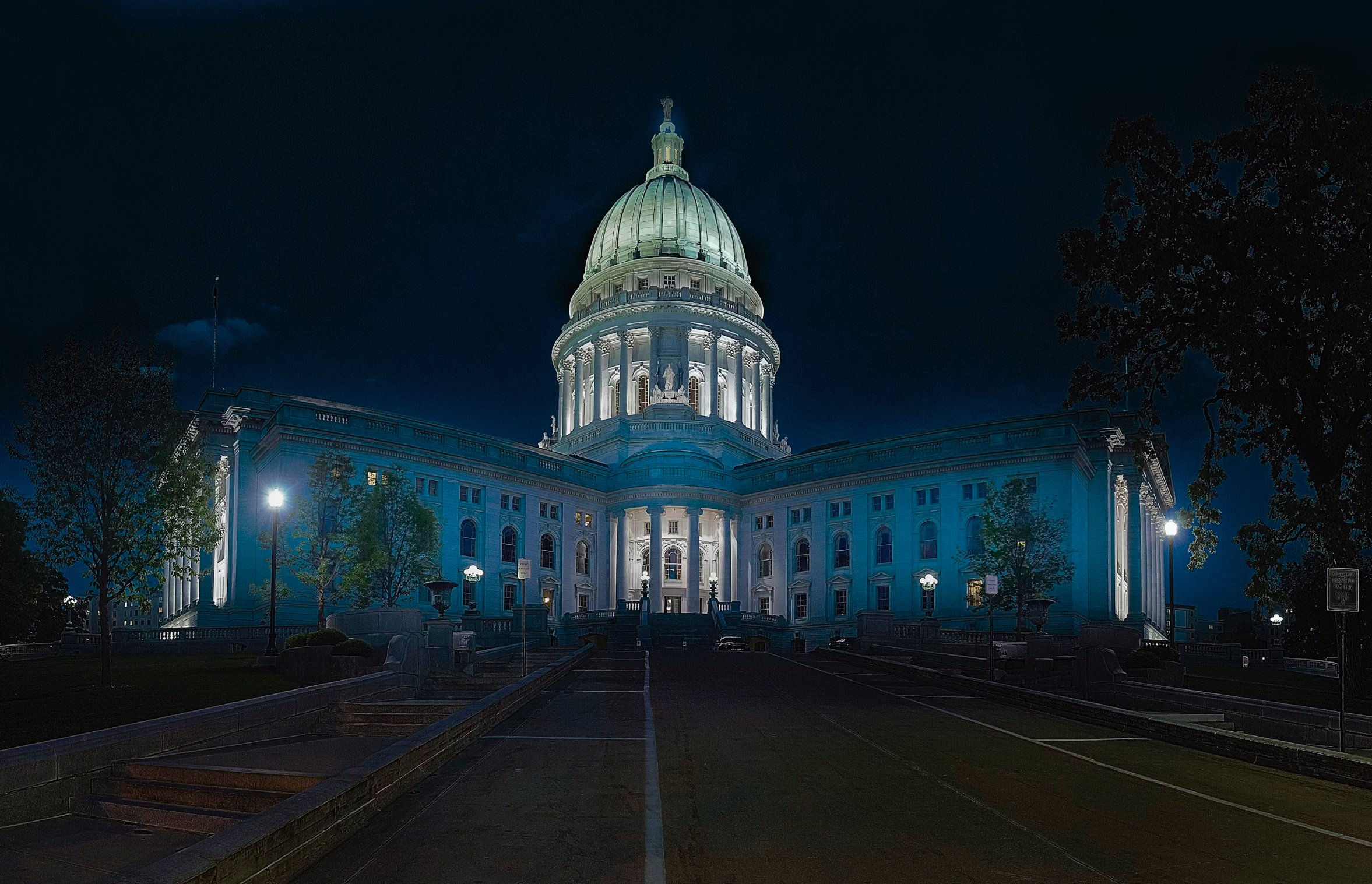Trump’s Executive Orders So Far
Photo by Unsplash
Many conversations and controversies have sparked since the moment President Donald Trump officially entered office, but one topic mainly discussed is the executive orders. According to the Federal Register Online National Archives website, “In 2025, Donald J. Trump signed 87 executive orders.” Out of the large quantity, a select few have been most commonly discussed in the United States. Some highly discussed executive orders are the withdrawal from the Paris Agreement, the redefinition of Sex and Gender in Federal Policies, the reduction of U.S. Agency for International Development (USAID) programs, revisions to Wildlife Protections and the protection of the American People Against Invasion.
The first one, regarding the withdrawal from the Paris Agreement, was signed on Jan. 20, 2025. It was titled “Putting America First in International Environmental Agreements.” This executive order directs the immediate withdrawal from the Paris Agreement, a treaty to fight climate change, for the second time under Trump’s leadership, emphasizing a shift towards prioritizing domestic energy policies over global climate initiatives.
The second, the Redefinition of Sex and Gender in Federal Policies, reestablished strict binary definitions of sex across federal agencies. It rescinded previous policies recognizing gender identity and mandates that federal documentation and programs adhere to these revised standards. This order faced criticism for its undermining of transgender and non-binary communities.
The reduction of USAID programs eliminated many of its programs and reflects a shift in U.S. foreign aid and development strategies. This prompts legal concerns about the impact of global humanitarian efforts.
The fourth is the Revisions to Wildlife Protections, which are recent executive actions that will weaken the Endangered Species Act (ESA) and increase species extinction risks. These include forming a committee with authority to override the ESA and quickening industrial projects at the expense of wildlife conservation.
The final order majorly impacts the U.S. immigration policy and enhances immigration enforcement. It allows for the deportation of individuals without a court hearing, an increase of Immigration and Customs Enforcement and Customs and Border Protection agents, a restriction of access to public benefits for undocumented individuals and many more.
These executive orders have garnered support and criticism from both sides of the nation, but it’s clear that they have significantly intensified national debates. Supporters argue that these measures are necessary to uphold national security and to enforce the rules of law. In contrast, critics argue that these policies promote discrimination, undermine humane values and violate constitutional rights. Ultimately, these executive orders highlight the deep political divide in America, with long-term implications for social stability, civil liberties and the nation’s title as a land of opportunity.

